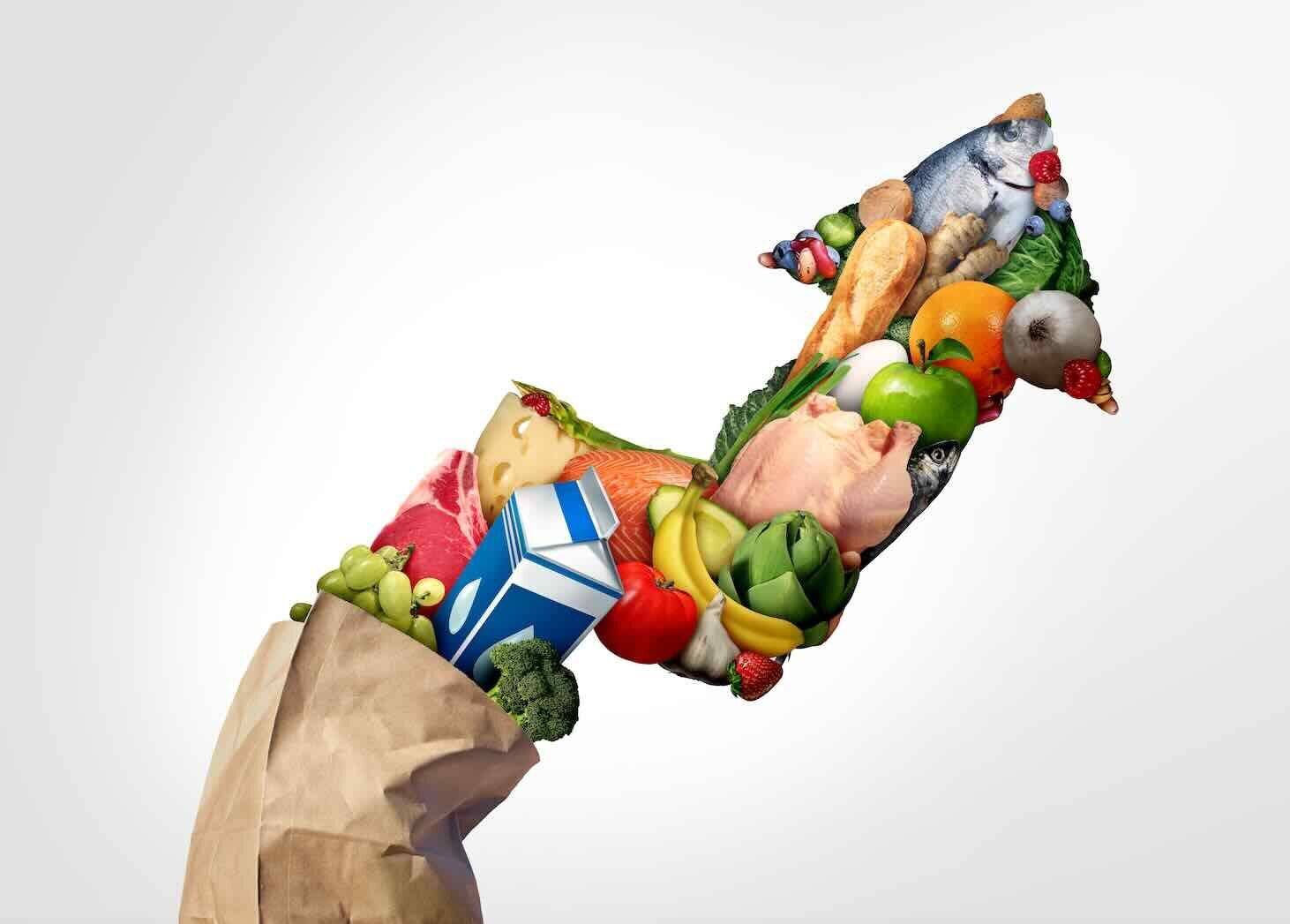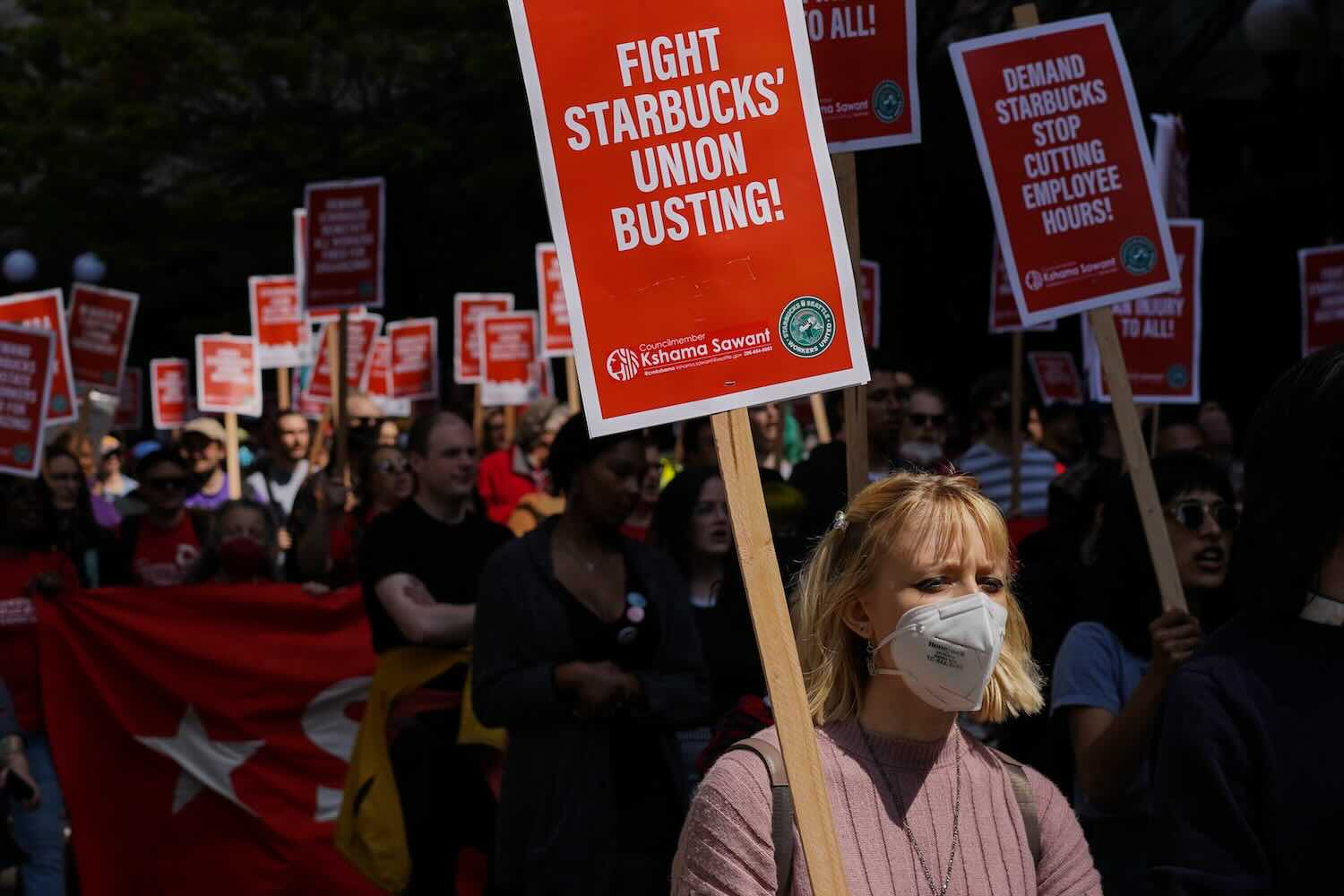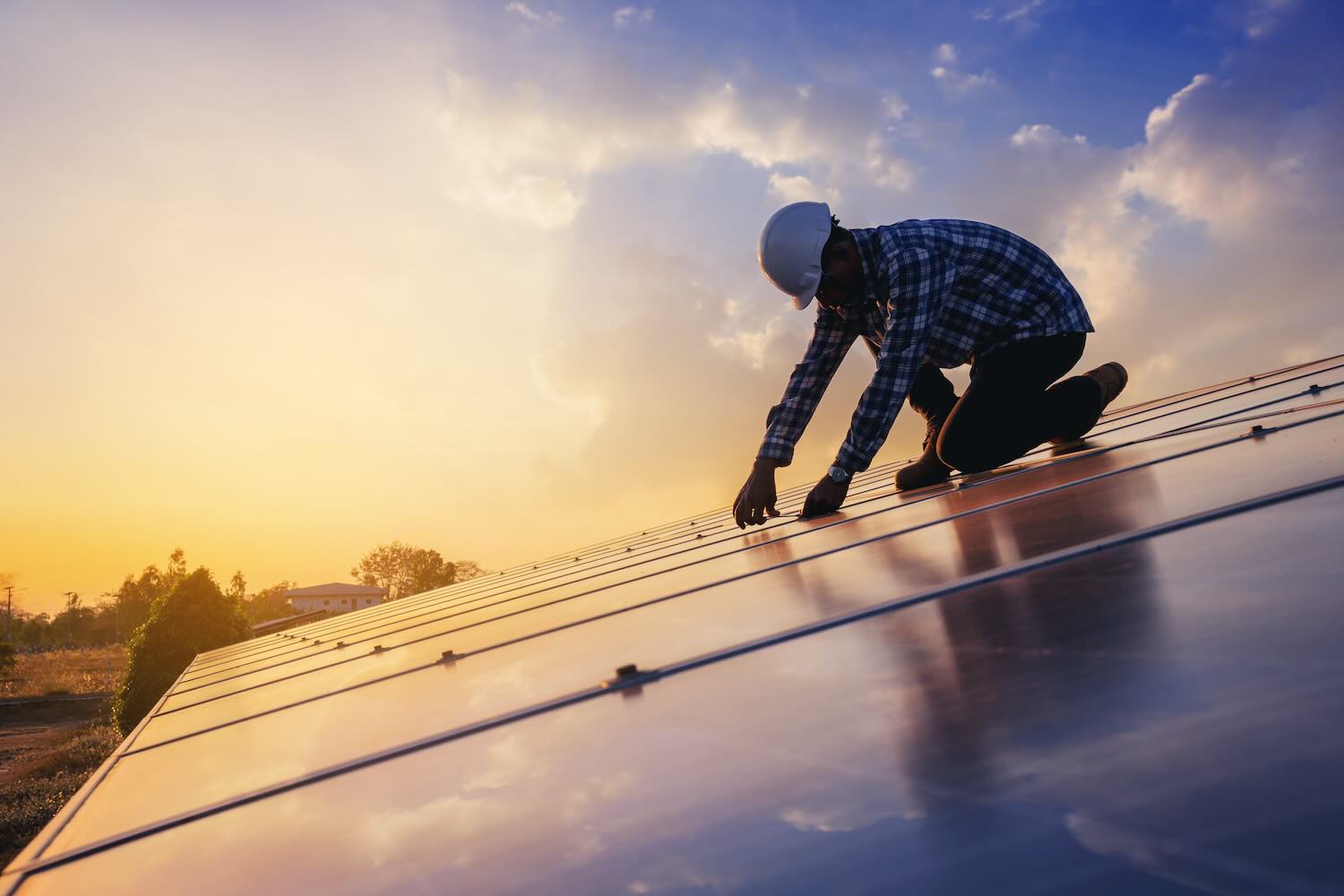ImpactAlpha, Feb. 15 – “Let’s not get too flipped out,” Austan Goolsbee, president of the Chicago Federal Reserve Bank, counseled this week after news of higher-than-expected consumer prices.
Something that is worth flipping: Conventional wisdom about fighting inflation.
Instead of damping demand, an alternative school of thought would push abundance instead. Increasing the supply of healthy food, green energy, affordable housing and other goods in short supply and high demand, these advocates argue, can promote growth and improve living standards while holding down price increases.
“The conventional approach to monetary policy and macroeconomic stabilization will have to be increasingly re-considered in a world of climate change, environmental degradation, and energy-driven supply shocks,” argues the UK-based think tank Positive Money. “Interest rates are ill-suited to providing stability in such a context.”
Climate inflation
Positive Money’s report, “Inflation as an Ecological Phenomenon,” explores the impact of “fossilflation” and “climeflation.”
More frequent droughts and storms are raising food prices. The price of chocolate, for example, hit an all-time Valentine’s Day high as droughts and extreme weather in Ghana and other cocoa-producing nations crimped harvests. The EU estimates that 2022’s extreme summer heat increased food inflation in the bloc by 0.67%, and that future warming projected for 2035 would amplify the impacts of such extremes by 50%.
“Rising energy and food prices inevitably lead to broader-based inflation, as they filter through to other sectors,” the Positive Money authors write. “Yet the source of the problem remains on the supply side.”
Higher rates have made it harder to finance wind and solar power and other green infrastructure that could bring energy prices down and reduce volatility. “Central banks should return to playing a greater role in ensuring debt sustainability and facilitating fiscal authorities’ capacity to scale-up green public investment,” the think tank argues.











